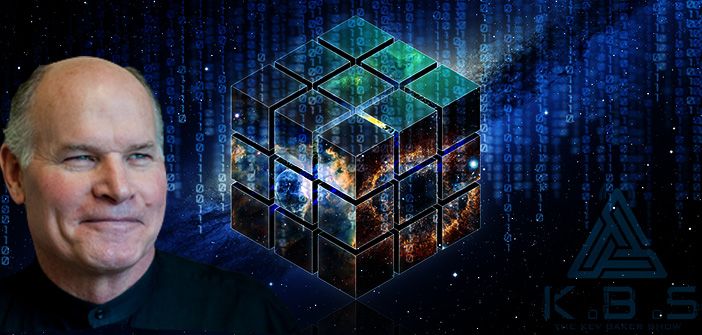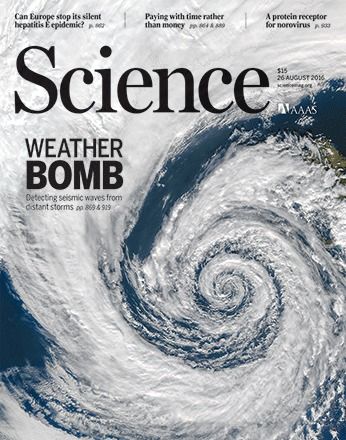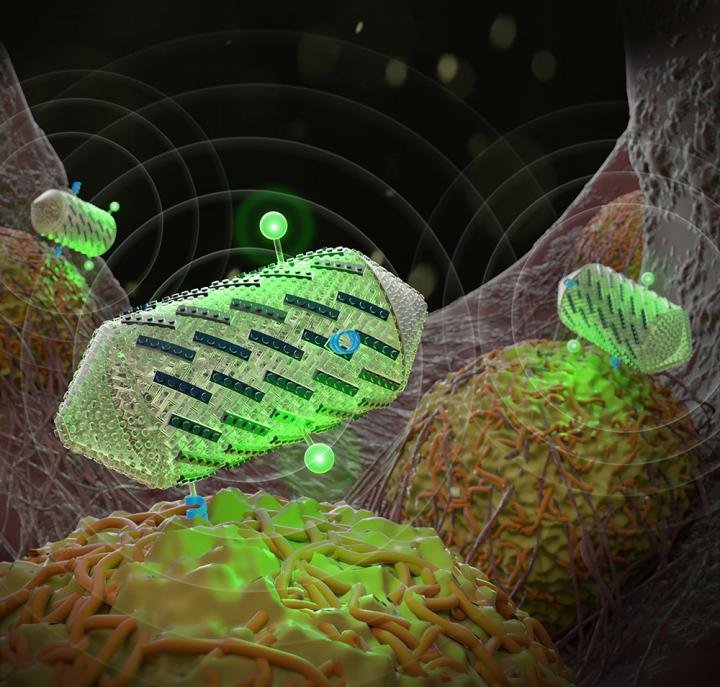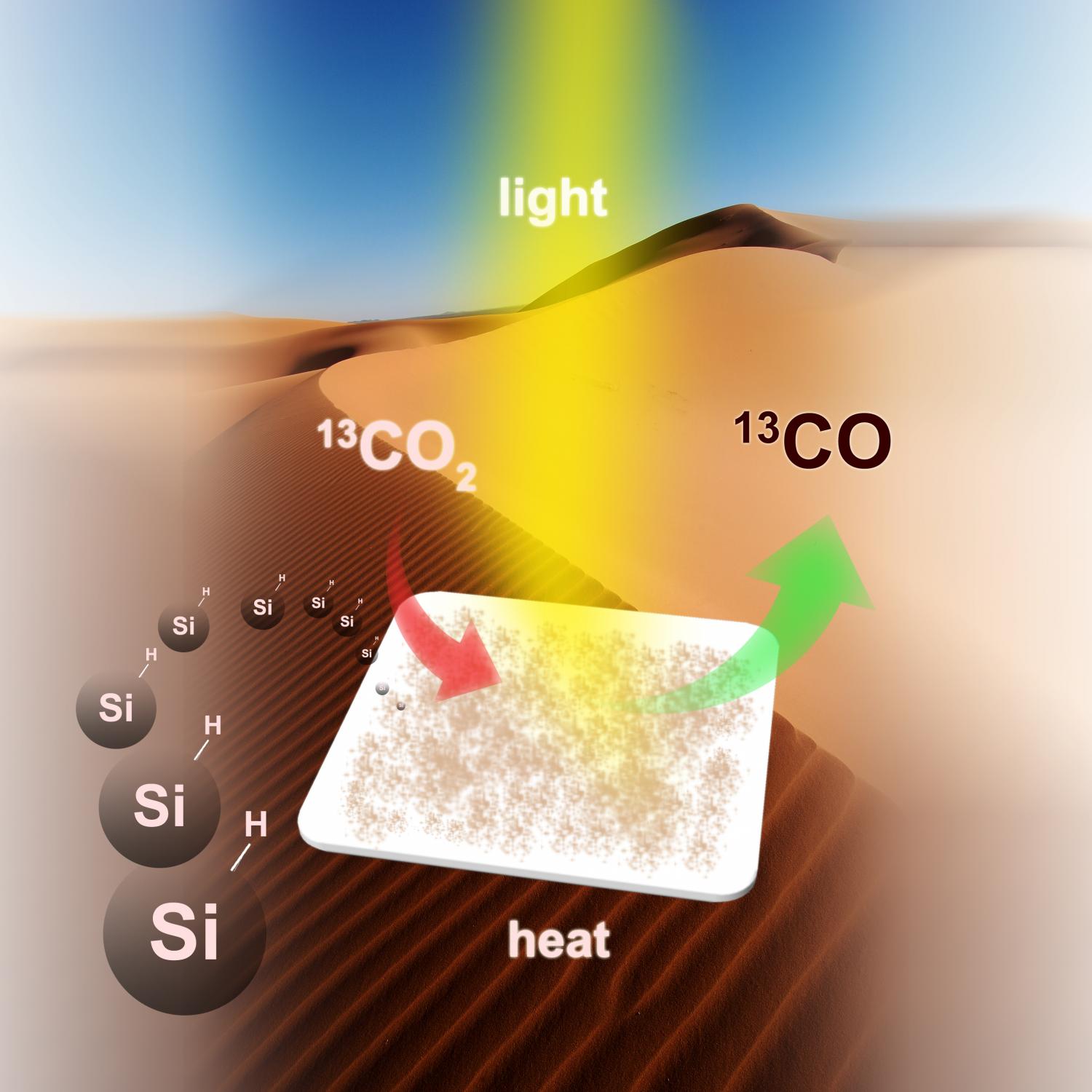Page 10919
Aug 25, 2016
CERN & D-Wave’s Quantum Key To The Abyss & Beyond
Posted by Karen Hurst in categories: computing, quantum physics

https://youtube.com/watch?v=hRV9_oNDxu0
Interesting recorded show on how each person has been assigned a unique node which can replicate the person digitally in a virtual world. And, how DoD and D-Wave is involved. Not sure how factual this is; but an interesting concept.
Anthony Patch, author researcher & public speacker, is back on The Kev Baker Show. This time out we discuss how CERN & quantum computers literally hold the key to unlocking a multidimensional reality.
Continue reading “CERN & D-Wave’s Quantum Key To The Abyss & Beyond” »
Aug 25, 2016
New Condensed Matter State Paves the Way for Scalable Quantum Computers
Posted by Karen Hurst in categories: computing, particle physics, quantum physics
Rice physicists are closing in on a method that will create a new condensed matter state in which all electrons in a material act as one by manipulating them with light and a magnetic field. This research advance technologies such as quantum computers.
For particle physicists, studying the interactions between photons and electrons has long been an area of interest. After all, observing such phenomena could eventually lead us to the creation of a viable quantum computer.
Physicist Junichiro Kono and his colleagues at Rice University are making headway on a method to create a new condensed matter state, where electrons in a material “couple” after they are manipulated with light and a magnetic field.
Continue reading “New Condensed Matter State Paves the Way for Scalable Quantum Computers” »
Aug 25, 2016
Building devices from colloidal quantum dots
Posted by Karen Hurst in categories: materials, quantum physics
Meet the punk rock version of Device making via Q-Dots.
A wide range of materials can now be synthesized into semiconducting quantum dots. Because these materials grow from solutions, there is scope to combine quantum dots into devices by using simple, low-cost manufacturing processes. Kagan et al. review recent progress in tailoring and combining quantum dots to build electronic and optoelectronic devices. Because it is possible to tune the size, shape, and connectivity of each of the quantum dots, there is potential for fabricating electronic materials with properties that are not available in traditional bulk semiconductors.
Science, this issue p. [885][1]
Continue reading “Building devices from colloidal quantum dots” »
Aug 25, 2016
Engineers try to get to the heart of true love
Posted by Karen Hurst in category: quantum physics
Who knew that the big secret to eternal everlasting love is simply by Quantum Mechanics.
EHarmony recruits two USC data scientists to break down the hidden factors that result in long-lasting relationships.
Aug 25, 2016
So your company’s been hacked: How to handle the aftermath
Posted by Karen Hurst in categories: cybercrime/malcode, education, encryption
I can honestly say that many of us working with QC hasn’t warned folks for a while on the hacking risks around QC going against even today’s most sophisticated encryption models & methods; and to be developing a strategy in how to best handle this risk. With last weeks launch by China has shown the world that we are definitely not a decade away from this risk.
Education and planning are key, cyber-security expert Tyler Cohen Wood says.
Aug 25, 2016
Designing ultrasound tools with Lego-like proteins
Posted by Karen Hurst in category: engineering
Nice.
Protein engineering techniques might one day lead to colorful ultrasound images of cells deep within our bodies.
Aug 25, 2016
Carbon Nanotube-Based Sensor Detects Toxins With a Mobile Phone
Posted by Karen Hurst in categories: mobile phones, nanotechnology
Researchers have developed a chemical sensing material consisting of a group of carbon nanotubes individually wrapped with supramolecular polymers that can be used with a mobile phone to detect toxins.
Aug 25, 2016
Defect-engineered graphene improves supercapacitors
Posted by Karen Hurst in categories: energy, nanotechnology
Execellent.
Excellent.nanowerk.com/spotlight/spotid=44331.php
Subscribe! Receive a convenient email notification whenever a new Nanowerk Nanotechnology Spotlight posts.
Continue reading “Defect-engineered graphene improves supercapacitors” »
Aug 25, 2016
Scientists solve puzzle of converting gaseous carbon dioxide to fuel
Posted by Karen Hurst in categories: climatology, energy, existential risks, sustainability
Every year, humans advance climate change and global warming — and quite likely our own eventual extinction — by injecting about 30 billion tonnes of carbon dioxide into the atmosphere.
A team of scientists from the University of Toronto (U of T) believes they’ve found a way to convert all these emissions into energy-rich fuel in a carbon-neutral cycle that uses a very abundant natural resource: silicon. Silicon, readily available in sand, is the seventh most-abundant element in the universe and the second most-abundant element in the earth’s crust.
The idea of converting carbon dioxide emissions to energy isn’t new: there’s been a global race to discover a material that can efficiently convert sunlight, carbon dioxide and water or hydrogen to fuel for decades. However, the chemical stability of carbon dioxide has made it difficult to find a practical solution.
Continue reading “Scientists solve puzzle of converting gaseous carbon dioxide to fuel” »

















